The measurement of sugar content in fruits, often referred to as °Brix, is a critical parameter for growers, processors, and quality control specialists. Among the various tools available for this purpose, the refractometer stands out as a reliable and portable device. However, to ensure accurate readings, proper calibration and usage of the refractometer are essential. This article delves into the nuances of refractometer calibration, its significance, and the best practices for achieving precise sugar content measurements in fruits.
Understanding the Refractometer and Its Role in Fruit Quality Assessment
The refractometer operates on the principle of light refraction as it passes through a liquid sample. The degree to which light bends is directly proportional to the sugar concentration in the solution. For fruits, this measurement is expressed in °Brix, which represents the percentage of sucrose by weight in the sample. A higher °Brix value typically indicates sweeter fruit, making it a valuable metric for assessing ripeness and flavor quality.
Portable handheld refractometers are widely used in the field due to their convenience and immediate results. Digital refractometers, while more expensive, offer enhanced precision and often include temperature compensation features. Regardless of the type, the accuracy of these devices hinges on proper calibration, which is often overlooked in routine use.
The Critical Importance of Calibration
Calibration is the process of adjusting the refractometer to a known standard to ensure its readings are accurate. Without regular calibration, even the most sophisticated refractometer can provide misleading data. This is particularly problematic in commercial settings where sugar content directly impacts pricing, processing decisions, and consumer satisfaction.
Distilled water is commonly used as a zero-point reference for calibration, as it should read 0°Brix. However, for higher accuracy, specially formulated calibration solutions with known °Brix values are recommended. These solutions are typically available in various concentrations, such as 10°Brix or 30°Brix, allowing users to verify the refractometer's accuracy across its measurement range.
Environmental factors, especially temperature, play a significant role in calibration accuracy. Most refractometers are calibrated to perform optimally at a specific temperature, usually 20°C. Deviations from this temperature can introduce errors, which is why many modern devices include automatic temperature compensation (ATC). Nevertheless, it's good practice to allow both the instrument and samples to stabilize at room temperature before taking measurements.
Step-by-Step Calibration Process
Begin by cleaning the refractometer's prism with distilled water and a soft cloth to remove any residue from previous measurements. Even small amounts of dried fruit pulp or sugar can significantly affect readings. Once clean, apply a few drops of the calibration solution to the prism, ensuring full coverage without air bubbles.
Close the cover plate gently and wait approximately 30 seconds to allow the sample to reach the same temperature as the instrument. For handheld optical refractometers, point the device toward a light source and look through the eyepiece. The boundary line between the light and dark fields should align precisely with the marked calibration value. If it doesn't, use the calibration screw to adjust until proper alignment is achieved.
For digital refractometers, the process is often simpler - apply the calibration solution and press the calibrate button. The device will automatically adjust its readings to match the known standard. After calibration, always verify the setting by measuring the calibration solution again to confirm accuracy.
Common Pitfalls and Troubleshooting
One frequent mistake is using tap water instead of distilled water for zero-point calibration. Tap water often contains dissolved minerals that can register a false positive reading. Similarly, calibration solutions degrade over time, especially when exposed to air or sunlight. Always store solutions in their original containers and replace them according to the manufacturer's recommendations.
Another issue arises when users fail to account for temperature variations. While ATC features help, they have limitations. For instance, if the ambient temperature is extremely high or low, even ATC may not provide sufficient compensation. In such cases, it's advisable to conduct measurements in a temperature-controlled environment.
Contamination is another common problem. Fruit samples with high pulp content or particulates can leave residues that affect subsequent readings. Always clean the prism thoroughly between measurements, and consider filtering particularly pulpy samples before analysis.
Advanced Techniques for Specialized Applications
For research purposes or when working with particularly high-sugar fruits like dates or dried fruit products, specialized techniques may be necessary. Some refractometers offer extended ranges up to 90°Brix, but these require different calibration solutions and careful handling. In such cases, it's often beneficial to dilute the sample with a known quantity of water, take the measurement, and then calculate the original concentration mathematically.
When dealing with processed fruit products containing acids or other dissolved solids, remember that refractometers measure total soluble solids, not just sugar. For more precise sugar content determination, chemical methods or high-performance liquid chromatography (HPLC) may be required, though these are far more time-consuming and expensive than refractometry.
Maintaining Your Refractometer for Long-Term Accuracy
Proper storage is crucial for maintaining your refractometer's accuracy. Always store the device in its protective case when not in use, and avoid exposing it to extreme temperatures or humidity. For optical models, keep the prism covered when not in use to prevent dust accumulation. Regularly check the calibration, especially if the instrument has been subjected to shocks or temperature extremes.
Periodic professional servicing is recommended for heavily used instruments. Over time, mechanical components can wear out, and optical systems may require realignment. Many manufacturers offer calibration services that can restore your device to factory specifications.
For digital models, battery maintenance is important. Weak batteries can lead to inconsistent readings, so replace them at the first sign of power depletion. Also, be mindful of software updates for sophisticated digital refractometers, as these can improve functionality and measurement algorithms.
The Future of Sugar Content Measurement
While refractometers remain the workhorse of sugar content measurement, emerging technologies promise even greater convenience and accuracy. Portable near-infrared (NIR) spectrometers are becoming more affordable and can measure sugar content non-destructively through the fruit's skin. However, these devices still require careful calibration and may not yet match the refractometer's simplicity for routine field measurements.
Smartphone-based refractometry is another developing field, with apps that can interpret images of refractometer scales or work with clip-on optical attachments. While these solutions show promise, they currently lack the precision of dedicated instruments for critical quality control applications.
Regardless of technological advancements, the fundamental principles of proper calibration and measurement technique will remain essential. Understanding these basics ensures that professionals at all levels can confidently assess fruit quality and make informed decisions based on accurate sugar content data.

By /Jul 24, 2025
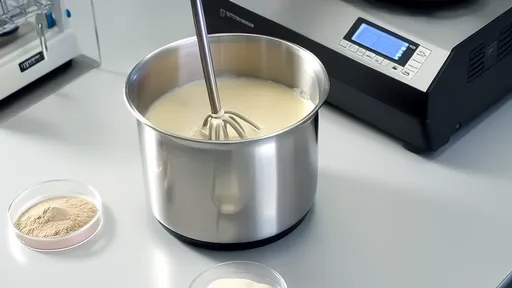
By /Jul 24, 2025

By /Jul 24, 2025
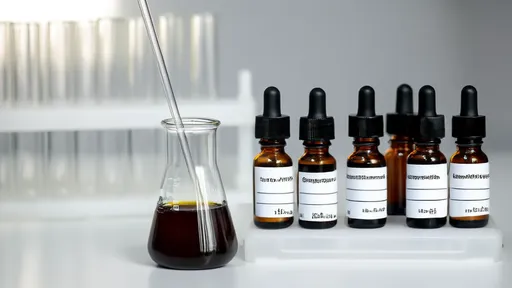
By /Jul 24, 2025
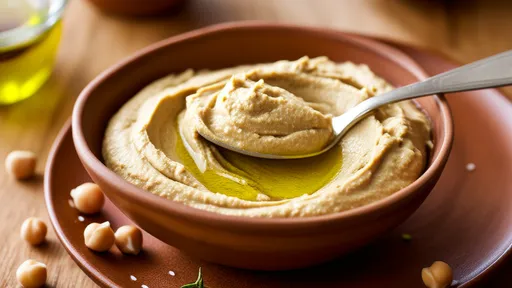
By /Jul 24, 2025
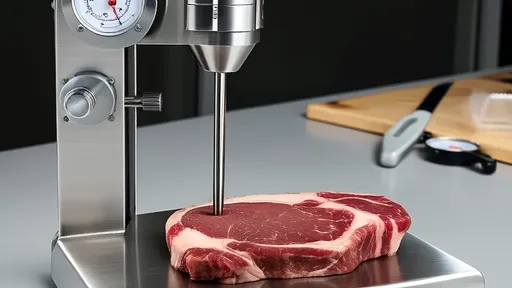
By /Jul 24, 2025
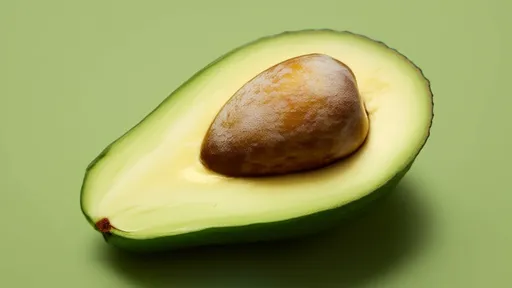
By /Jul 24, 2025
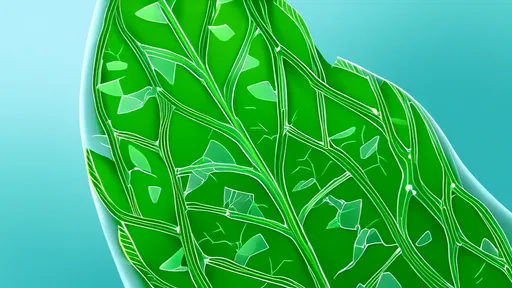
By /Jul 24, 2025

By /Jul 24, 2025
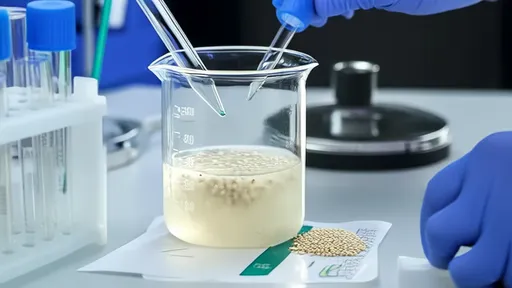
By /Jul 24, 2025

By /Jul 24, 2025

By /Jul 24, 2025
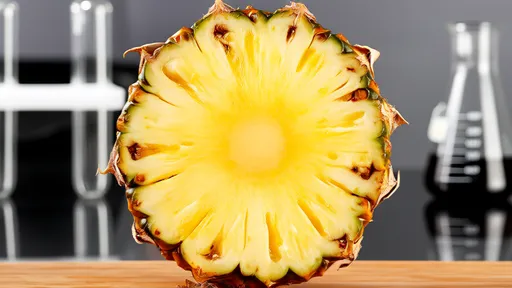
By /Jul 24, 2025
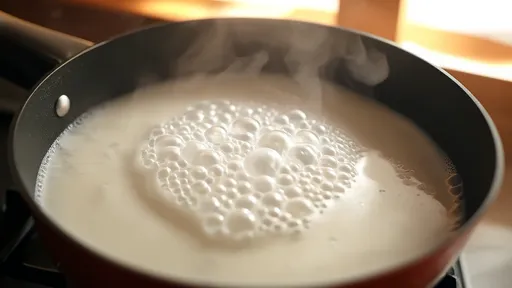
By /Jul 24, 2025
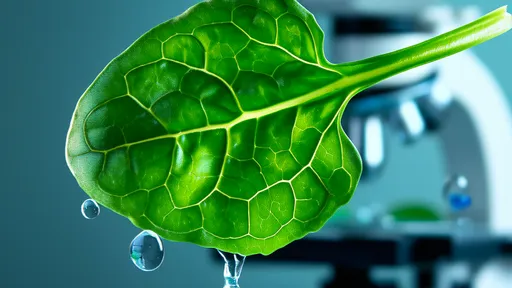
By /Jul 24, 2025
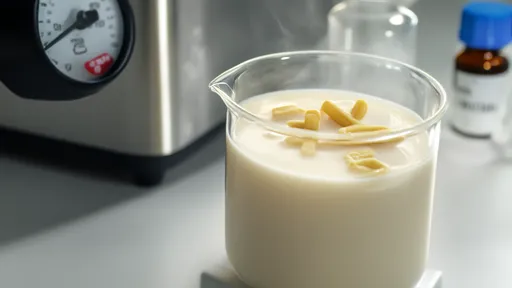
By /Jul 24, 2025

By /Jul 24, 2025
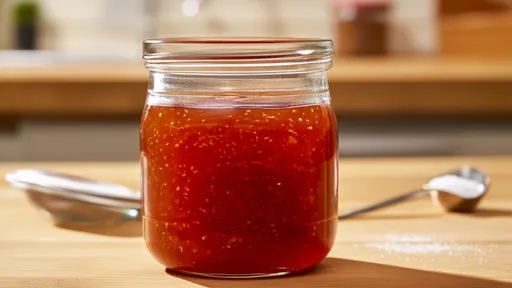
By /Jul 24, 2025
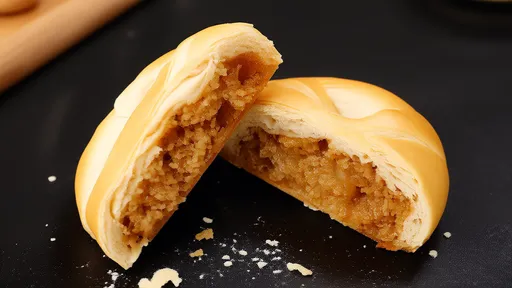
By /Jul 24, 2025

By /Jul 24, 2025